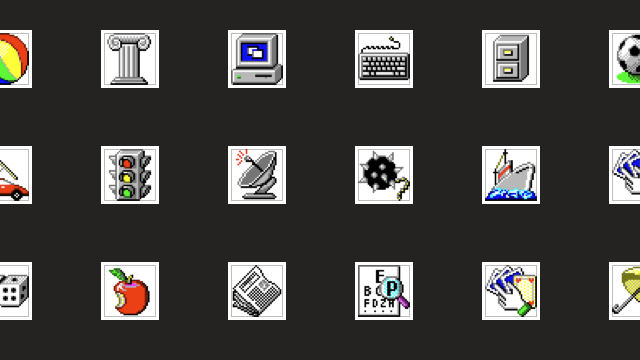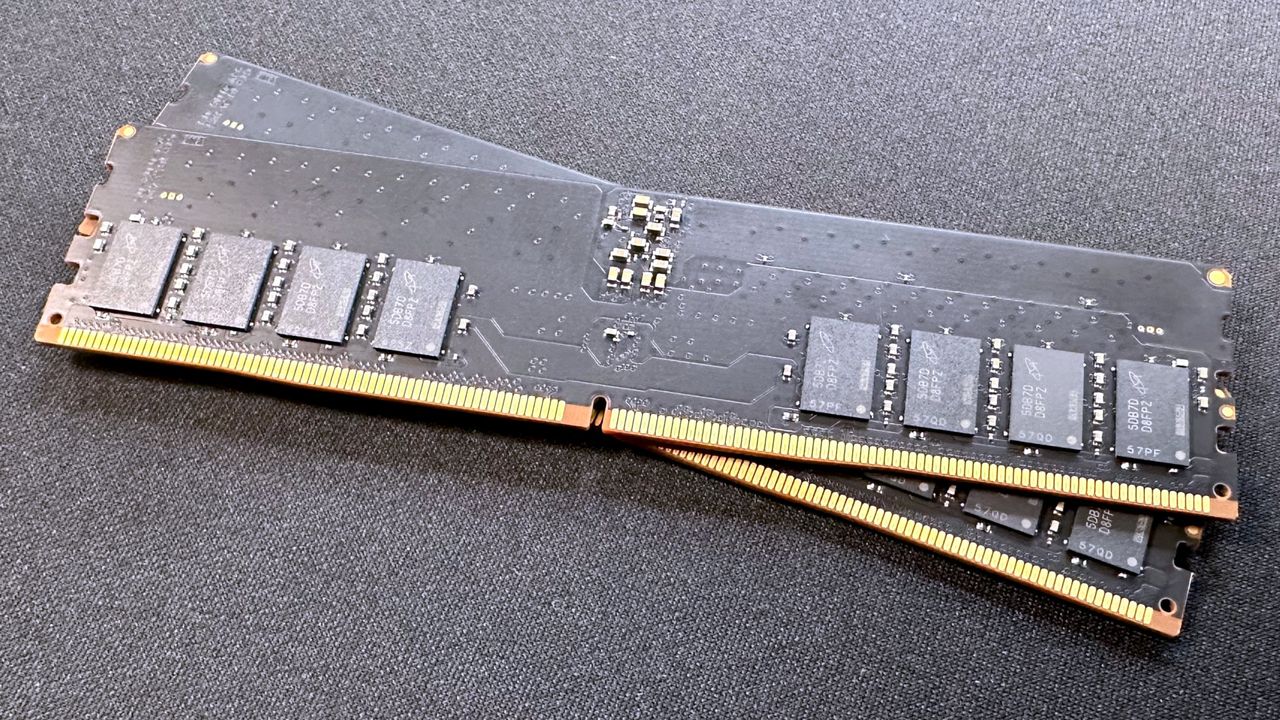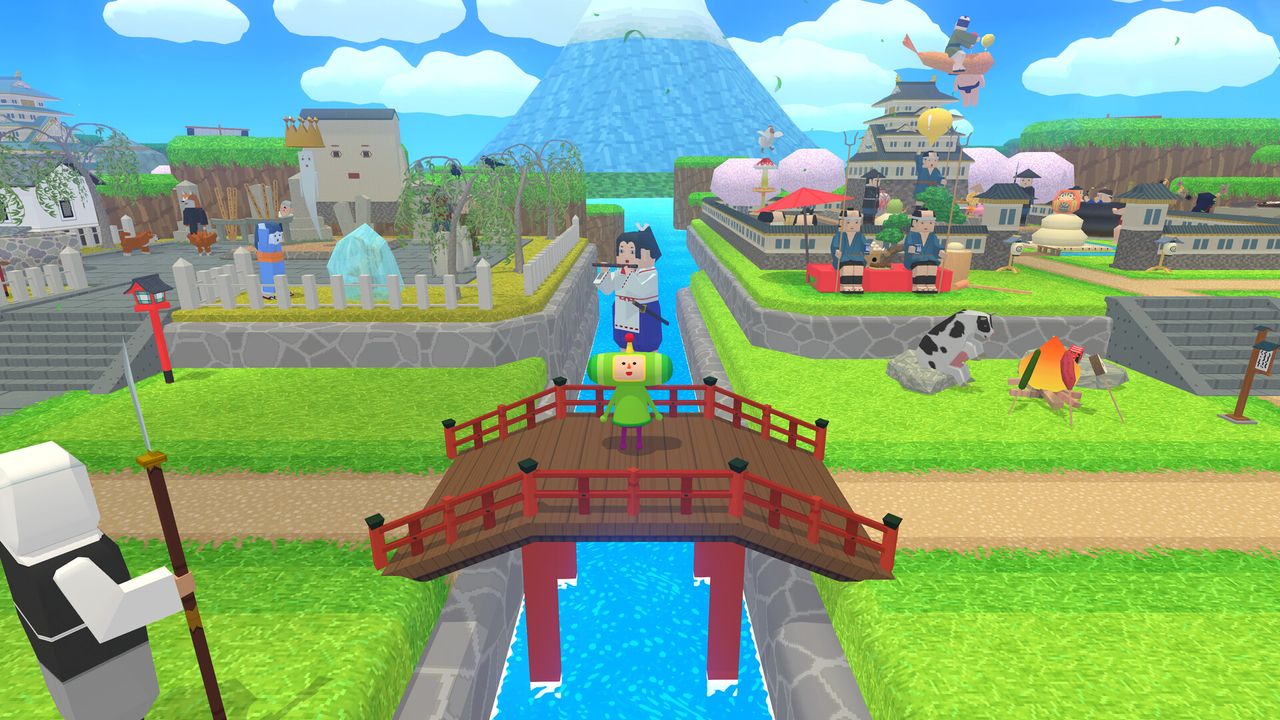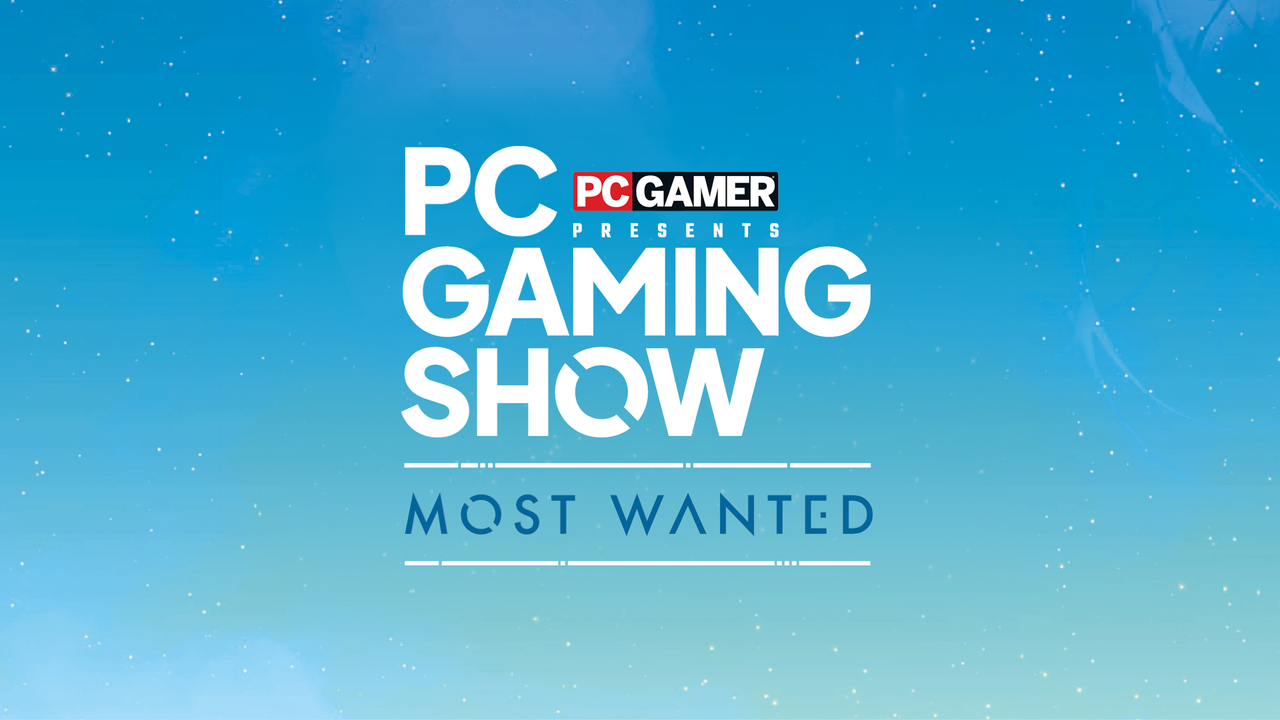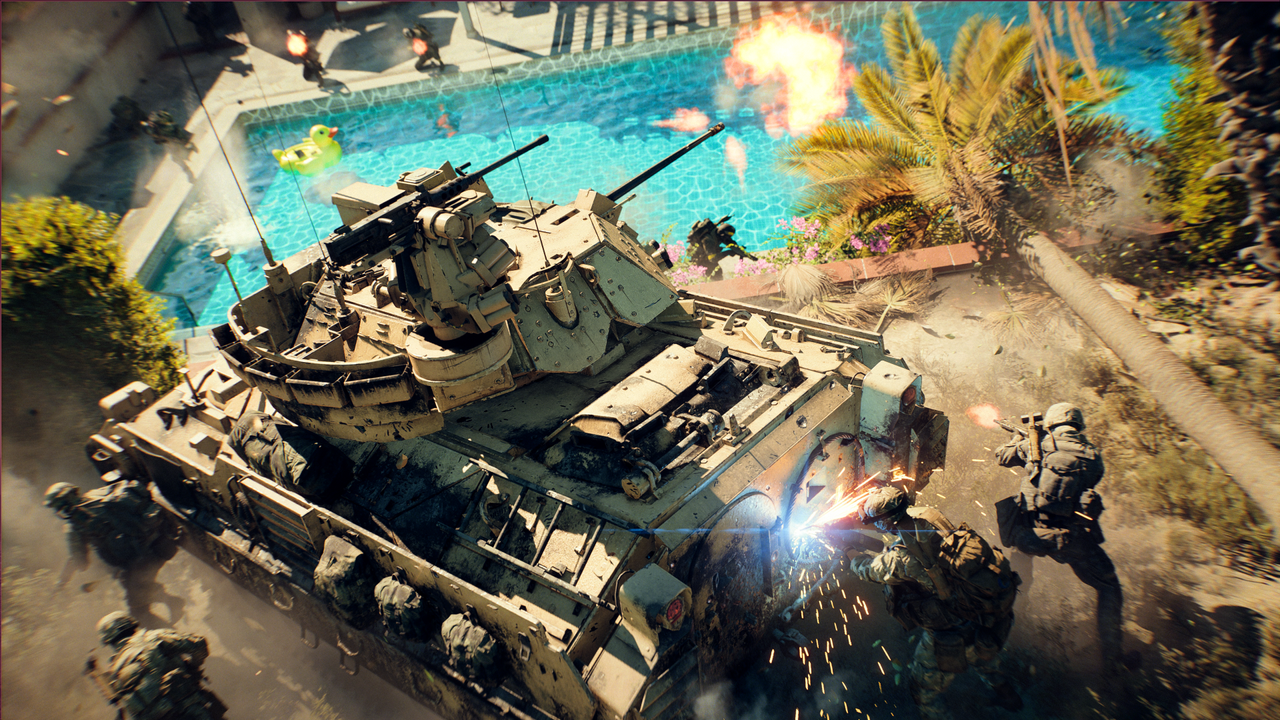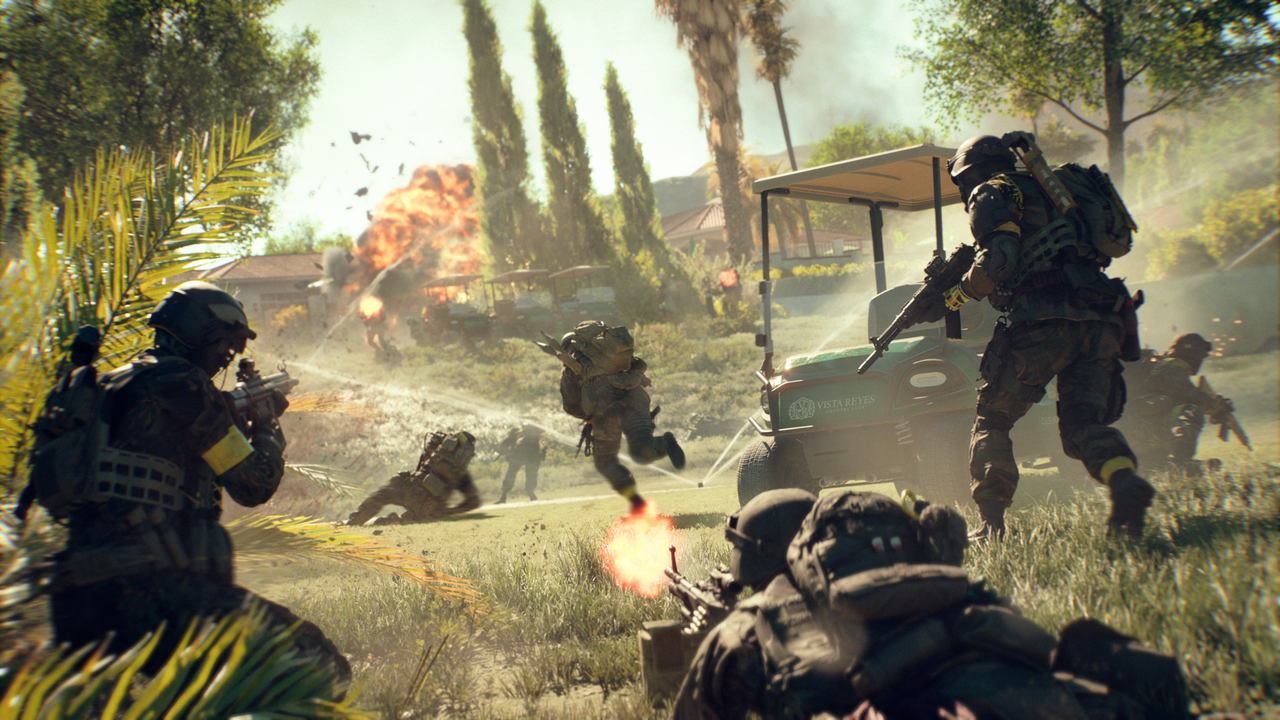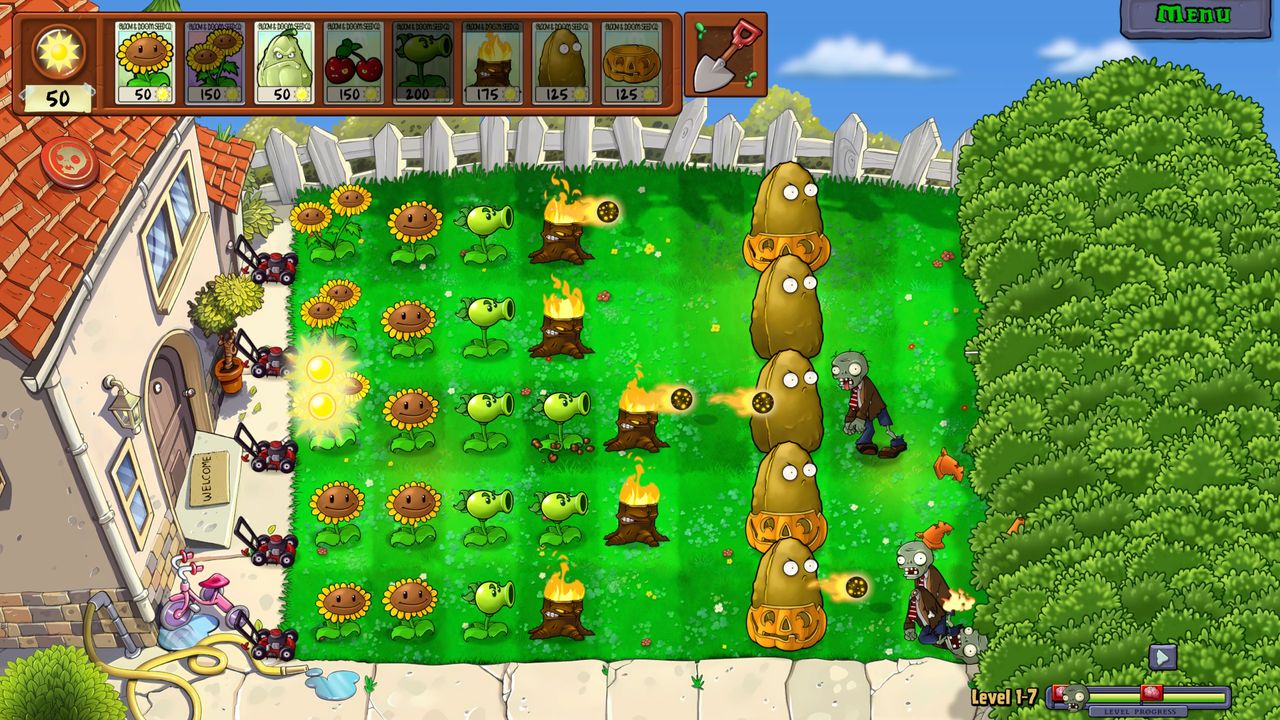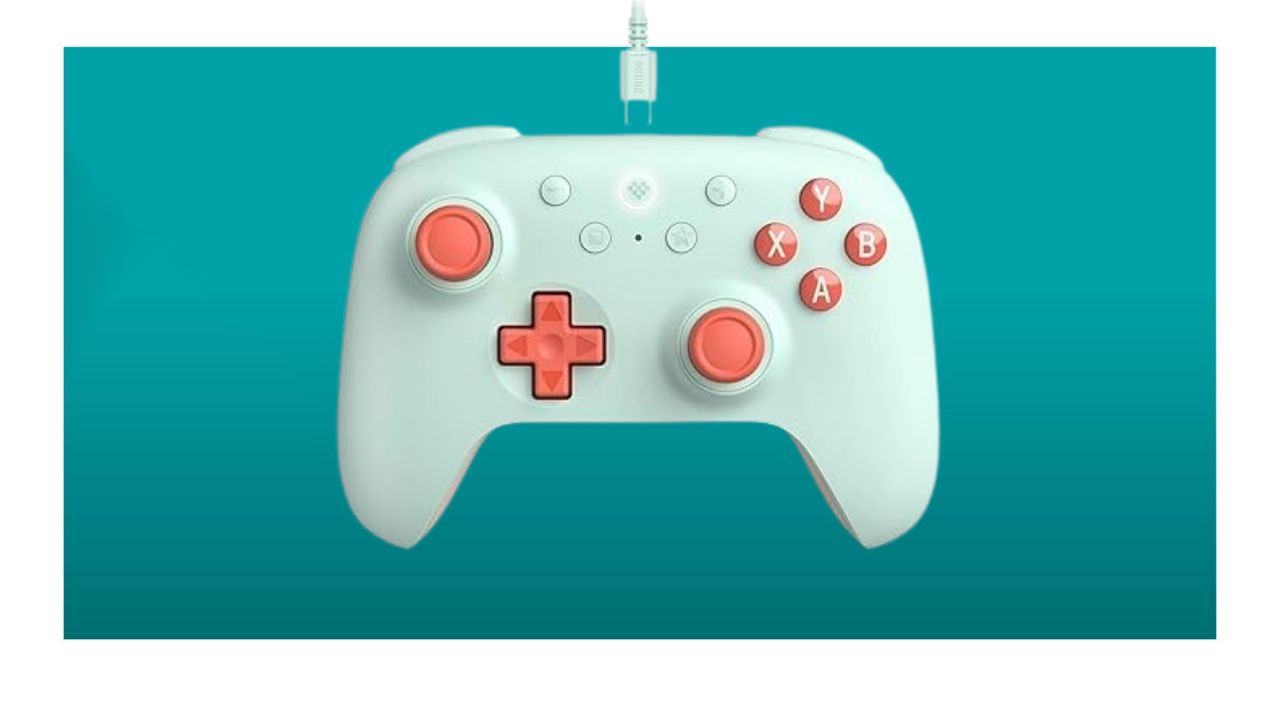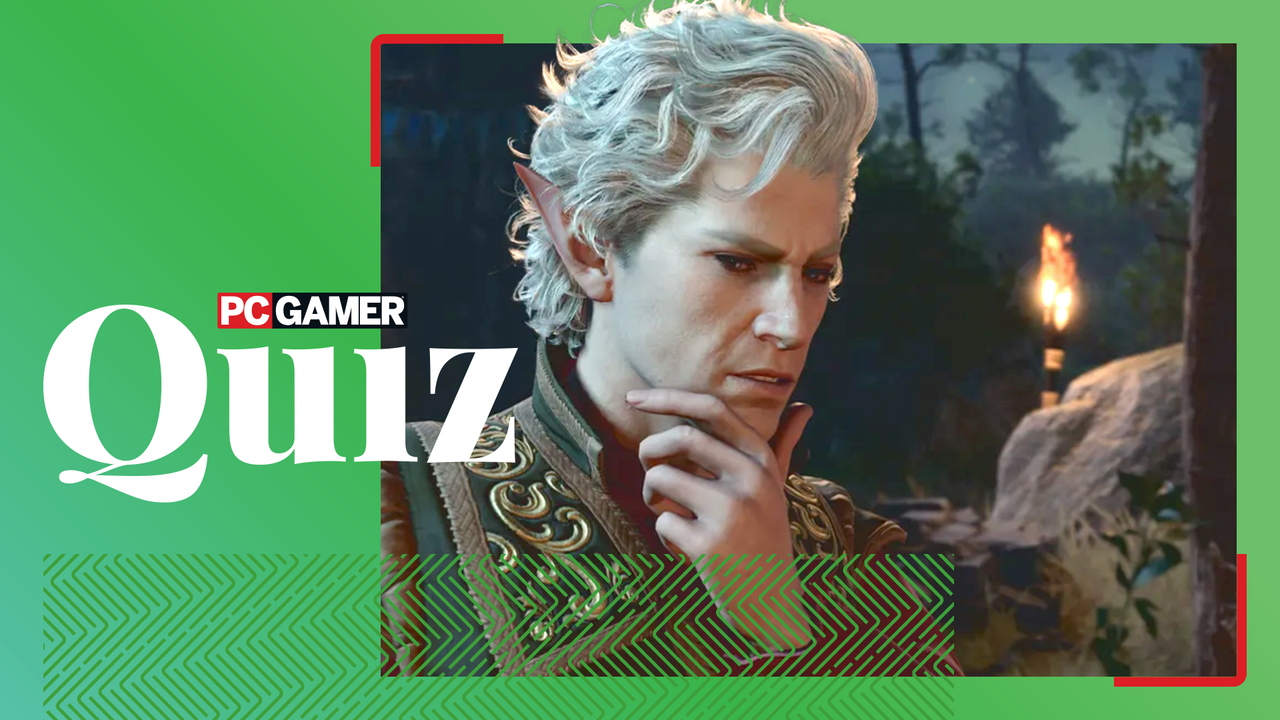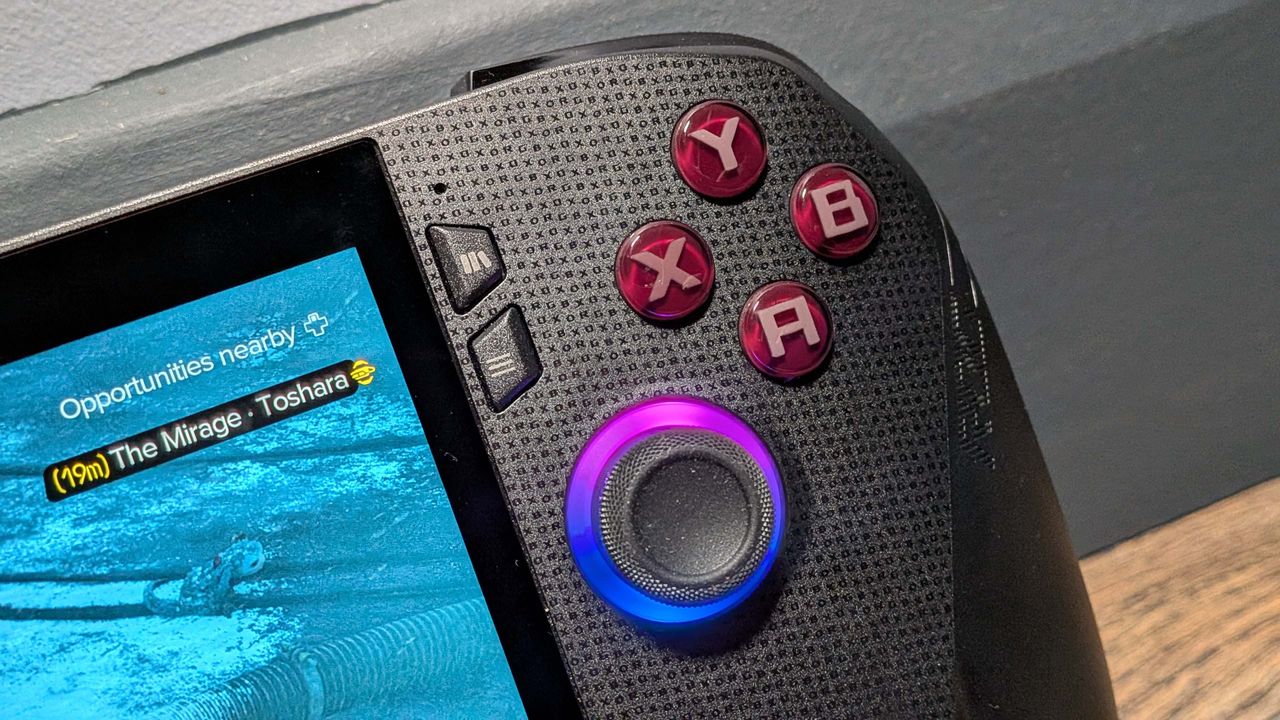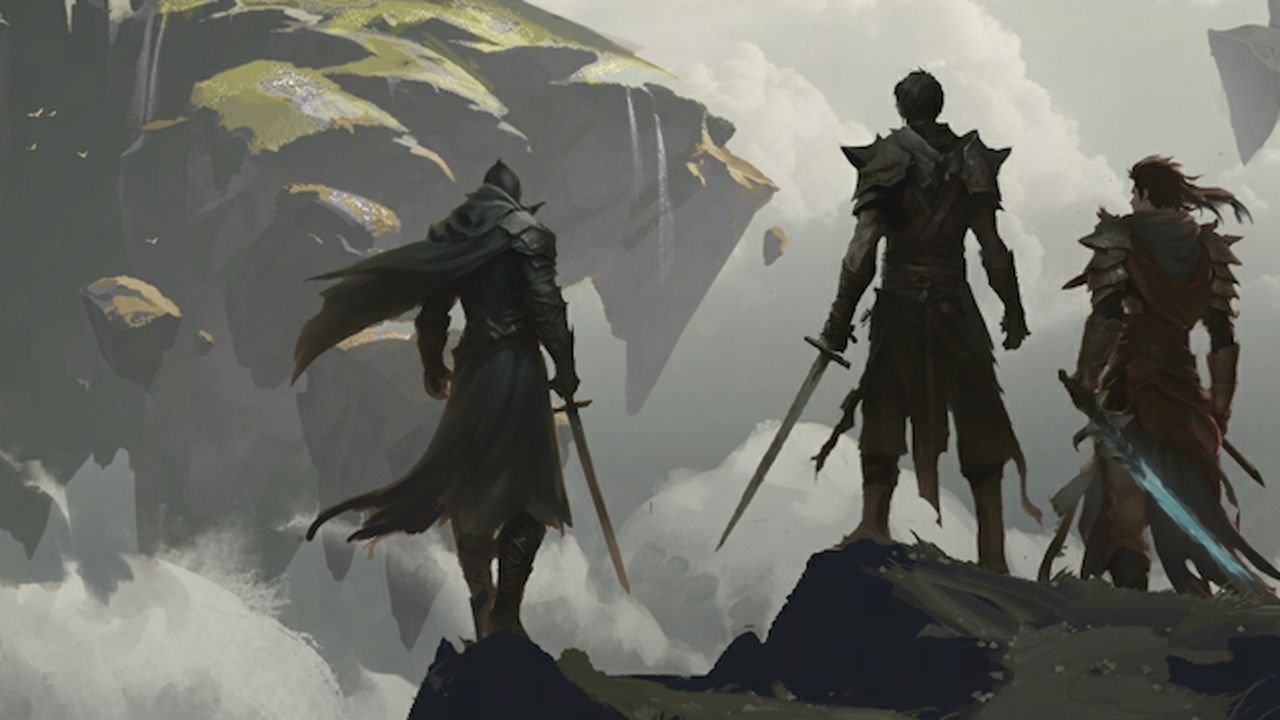
Miraculously meditative and frantic in equal measure, Once Upon A Katamari scratches the same carnal itch that the rest of the series always has. It delivers relentless charm, a wheeze-laugh-inducing sense of humor, brain chemistry-altering music, and soulfully satisfying-but-simple gameplay in psychedelic technicolor. This time-trotting adventure rolls out the red carpet for The Prince, The King of All Cosmos, The Queen, and their cadre of silly little cousins with flamboyant aplomb. And with more levels and a greater focus on replayability, there’s more Katamari to go around than ever before. The first new mainline Katamari game in 14 years doesn’t try to reinvent the misshapen mass of things you roll around, and that’s fine by me, because Katamari doesn’t need fixing.
At first blush, you probably wouldn’t be able to tell the difference between the original Katamari Damacy from 2004 and Bandai Namco’s latest iteration aside from the obvious jump from 480p to 4K. That’s because developer Rengame understood the assignment: Once Upon A Katamari is just as funny, satisfying, joyful, and energetic as the series has always been.
After showing off his juggling skills with a powerful scroll, the godlike King of All Cosmos flings it into the night sky, yet again destroying the heavenly bodies that inhabit it. It’s up to his son, The Prince, and his cousins to go to Earth and roll up everything in sight to make stars and planets to repopulate the sky. It might not make sense if you haven’t played a Katamari game (or, frankly, even if you have), but this setup has proven as reliable as Bowser kidnapping Princess Peach, and serves as a vehicle for some spectacularly funny stuff.
The King, a flamboyant, self-important, all-powerful – though overall benevolent – god who likes to wear really tight pants is beloved by all, even though he talks down to The Prince and his goofy-looking cousins. Making the most of every last syllable of dialogue, I chuckled at least once just about every time he mused on the nature of the universe or paid himself a compliment with his record-scratch-sound voice. Once Upon A Katamari is a masterclass of comedic writing and localization, efficiently using its humor to set up the goal for each level before the rolling starts without ever letting a joke get stale.
Once Upon A Katamari is a masterclass of comedic writing.Completing a level will often reveal a quick and silly scene showing The King or The Queen getting up to some kind of shenanigans, like rolling a bunch of wild west outlaws into a katamari after a standoff that pays homage to The Good, The Bad, And The Ugly, or The King catching a giant crab and flinging it into the sky. Even failing a level has some cheek to it, as The King berates you for messing up, softening the sometimes frustrating blow of falling short of the goal. Despite this pervasive sense of humor, it never becomes cloying or overly self-aware, reliably delivering a smile at nearly every turn beyond The King’s pompous monologues. The overworld level-select maps are just as full of funny touches, like cats and dogs wandering around the Ancient Greek agora in Spartan armor or a cow sitting at a campfire like a human, warming its hooves next to its owner.
Each level takes advantage of just how much stuff there is to find within the seemingly chaotic splatter of candy, flowers, statues, lanterns, and TVs that camouflage a subtle, effortless sense of humor and direction within the madness. Tumbleweeds chase cowboys around in circles, titanic Super Sentai-style heroes practice wrestling their moves on kaiju over the horizon, bears and cows prepare for an all-fronts war, and mummies make TV shows underneath the pyramids. Again: madness. But even in the immense, sometimes overwhelming, chaos of each level, every object you can roll up is placed with deliberate care for either comedic effect or a satisfying sequence, like an octopus wreaking havoc on a pirate ship or bottles of soy sauce set up like bowling pins that will quickly push you into the next weight class so you can finally pick up that bowl of ramen in the other room.
Controlling your designated roller, you’ll whirl your massive ball of stuff around different time periods like the Jurassic period or Edo-era Japan, picking up anything smaller than your dung beetle-like ball. You might start a level the size of a pushpin or matchstick, but you could end it picking up cities or even planets by the end. The classic goal is simply to get your katamari (which literally means clump or mass in Japanese) as big as possible, but sometimes you’ll need to follow special rules. They could be as simple as collecting as many fish as possible, or as complex as only rolling up sweet items while avoiding savory or bitter things like hot sauce or charcoal because the child who asked you to do so wants to eat something sweet after a big meal.
No matter what you’re picking up, snowballing your katamari into a bigger and bigger collection of books, cannonballs, eggs, and flatware is oddly cerebral. Tapping into the same inexplicably satisfying, brain-scratching sensation you get from games like Tetris or PowerWash Simulator, there’s a zen-ness to decluttering Japanese palaces, Ice Age caves, and the decks of pirate ships washed in a low-poly-day-glo look.
Once Upon A Katamari’s oddly gripping, maximalist soundscape counters this calm with gusto. Different items snap to your odd ball with a satisfying zhoop, with certain things making unique noises like a wailing cat or a street punk scatting, turning your katamari the strangest chorus you’ve ever heard. As you roll up a ball of various odds and ends, Once Upon A Katamari matches your collection with an equally eclectic soundtrack. Inspired by the poppy hodge-podge sound of J-Pop subgenre Shibuya-kei, Once Upon A Katamari’s soundtrack stands shoulder-to-shoulder with the musical giants it’s following as a spectacular album in its own right, with or without a game to accompany it.
The soundtrack stands shoulder-to-shoulder with the musical giants it’s following.The only unifying themes among the notes are paying subtle homage to the Katamari riff (you know: that catchy one that goes na naaa nanana nana na na na na nana naaa) that permanently tattoos itself on your hippocampus after playing any game in this series. Otherwise, Once Upon A Katamari’s soundtrack is a diverse smorgasbord of different sounds and genres, from the energetic techno-rap opening theme, Katamari Time, to the funk-jazz-fusion jam, Power of Katamari Damacy, to the unexpectedly lovely choral title track from one of the series’ original composers, Asuka Sakai, featuring the San Francisco Boys Choir. There’s not a bad track among the 36-song bunch.
But Once Upon A Katamari is happy to oblige your sonic nostalgia for the other games, too, with nearly every track from the series’ 21-year history available in a music selector that has a handful of options to tweak. You can make a playlist of your favorite songs from across the series or loop a specific favorite over any of Once Upon A Katamari’s levels. It’s frustrating that you can’t just play an individual game’s soundtrack in order, and that multiple games are inexplicably clumped together in two separate eras instead of game by game, but the playlist feature at least more or less makes up for those shortcomings. The shuffle feature also has an odd hiccup where whichever song played last starts over when you start the next level. And since some of these levels are shorter than much of the near-100-song tracklist, you might wind up hearing some songs more times in a row than you’d want when choosing shuffle, but you can always select a new song before starting a level to fix that.
Rengame’s surgical approach to recreating the immutable charm of this series deftly avoids the uninteresting pitfalls of hollow nostalgia. Instead of treating iconic levels from the original as gospel doomed to be worn out in every Katamari game like the requisite recreation of 1-1 in the Mario series, nearly every stage here is wholly original. Katamari’s newest custodians toy with the formula with careful precision, supplementing the flow of what I’ve come to expect from a roll-icking good time with new level types and even power-ups to augment your rolling while taking care not to disrupt the delicate balance of calm and chaos that defines Katamari. Combining that with subtle modernizations established in more recent Katamari games, like a clearer scoring system, Once Upon A Katamari threads the needle between old and new surprisingly well.
For example, using both joysticks to control where and how you roll has always been deliberately awkward, with the mass becoming harder and harder to maneuver as you grow exponentially. Once Upon A Katamari makes zooming around at smaller sizes feel a little more precise than it used to, which I didn’t like at first, but this ultimately helped highlight the sense of scale this series has always been good at in bright yellow.
The power-ups add a nice layer to the rolling as well, and let Rengame play with new design ideas that emphasize the puzzle element of efficiently finding your way around – even breaking the trance-like flow for a certain level or part of one to instead experiment with puzzle-like problems to solve. The Rocket power-up, for example, helped me brave a powerful wind storm to pick up a few extra items, but only lasted for a short burst of speed, adding an extra layer of challenge and strategy I wasn’t normally used to. The Radar power-up helped me find specific items to complete a pharaoh’s series of requests in one of the Ancient Egypt levels as he asked for 10 bananas or a dozen eggs. None of these drastically reshape or redefine the rolling at Katamari’s core, but do open up new level design ideas that offer fun diversions from the standard “make your katamari as big as possible” levels.
Katamari’s newest custodians toy with the formula with careful precision.Once Upon A Katamari is by far the biggest game in the series to date, though still relatively small in scope overall - it took me around 10 hours to complete every main level at least once. Rengame acknowledges and helps buttress this with new collectibles to find in each level and unlockable challenges to keep me coming back with a new approach. In addition to finding cousins who serve as additional playable characters and gifts that unlock new customization options for them, three crowns are hidden in each level, adding extra challenges and legitimately compelling reasons to revisit levels. Having a certain number of cousins or crowns will open up extra levels, too, adding even more reason to roll around the same place a few times. Challenges don’t offer the same rewards, but they’re a nice nod to players like me who regularly revisit completed Katamari games.
That all said, the stages that are available are unfortunately lopsided, with a majority of the levels taking place in Edo Japan – it holds more than double the amount of levels as the next biggest era. I understand that this series has always embraced Japanese culture, but in the context of Once Upon A Katamari’s time travel concept, it feels like a lot of ground was left uncovered across the nine other eras, some of which only host as few as three or four levels.
Rengame also builds on the multiplayer modes established in the other Katamari games with the series’ best take on multiplayer to date. While co-op control of a single katamari isn't available this time around, the PvP mode once again has you and other rollers try to pick up the most stuff. But unlike previous entries, you earn points by depositing your hard-earned stuff in a UFO, giving more utility to the new power-ups and adding a more dynamic flow to competition than just rolling as much as possible. Once your time’s up, The King intervenes to hand out bonus points in a Mario Party-style round-up that awards competitors for stuff like the number of times they’ve used a power-up or rolled up their opponents. It’s nothing revolutionary, but a step up that makes multiplayer feel like more than just an afterthought.







